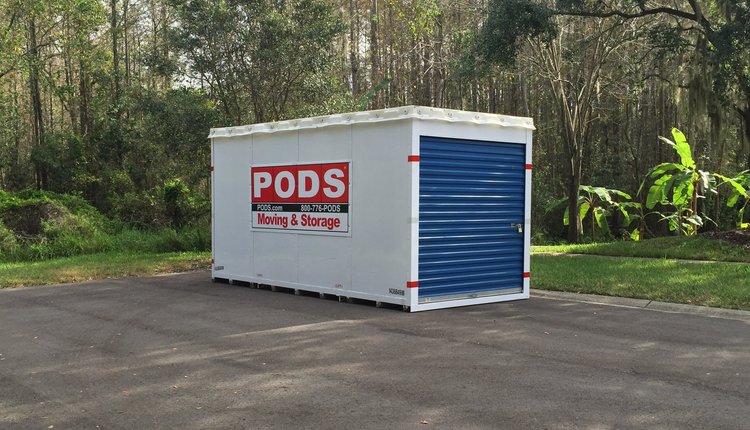On July 6, the United States Postal Service announced its proposed prices for Mailing Services products, which include First-Class Mail parcels, Standard Mail Parcels and Non Flat Machineable , Bound Printed Matter, & Media Mail. information is available from USPS at: www.usps.com/communications/newsroom/deliveringfuture/prices.htm
For the Readers of Parcel Magazine, there is a 23.3% average increase proposed for Standard Parcels & Non Flat Machineable Pieces. The USPS filed the proposed prices with the PRC, which by law has 90 days (until October 4) to review them and issue a final decision on whether "extraordinary and exceptional circumstances" exist to justify this effort, and whether the prices requested are in fact "reasonable and equitable and necessary." The New Rates will go into effect January 3, 2011, if the PRC approves the increase.
The rules of engagement for postal rate increases changed with the Postal Accountability and Enhancement Act (PAEA) enacted on December 20, 2006. Prior to that, increases were "litigated", meaning the USPS would go to the PRC with its costs, its model for the future of costs, its current volumes and the predictions of volumes and then model the cost of each class of mail and propose rates that would cover the attributable cost for handling that class of mail. There was give and take, and challenges of the model and to volume projections, and various impacted entities could testify for or against.
With the PAEA, the new process was to break competitive (Pieces over a pound that compete with FedEx and UPS) from the Monopoly (market dominant) products and to allow the USPS to increase those monopoly product rates once a year by not more than the Consumer Price Index (CPI). Well, for some odd reason, this change that the USPS had lobbied so hard to get and was to cure its financial future didn't work, and now they are claiming an "emergency" and a significant increase beyond what the CPI would call for.
The first order of business for the Regulatory Commission is to determine if an emergency exists at all. Just recently, the USPS Office of the Inspector General declared that the USPS had overpaid into the retirement fund $75 Billion. The regulatory Commission, wanting to validate that claim, hired their own accountants and they came up with an overpayment of $50 Billion. If Congress accepts either of these findings, then perhaps no emergency exists and the USPS is swimming in cash for a while.
For now, the Regulators have to act on the budget the USPS is forced to live within, and to accept the reality of the falling volumes, and the fact that on paper the USPS is losing billions of dollars. If things continue as they are now, the USPS will continue to lose billions until the USPS is out of money.
Congress and the PRC will not let that happen.
I'm including information provided by the USPS on the rate proposal. You, as concerned readers, can participate in the rate making process through The Parcel Shippers Association if you feel the 23.3% increase is not justified. (www.parcelshippers.org)
For the Readers of Parcel Magazine, there is a 23.3% average increase proposed for Standard Parcels & Non Flat Machineable Pieces. The USPS filed the proposed prices with the PRC, which by law has 90 days (until October 4) to review them and issue a final decision on whether "extraordinary and exceptional circumstances" exist to justify this effort, and whether the prices requested are in fact "reasonable and equitable and necessary." The New Rates will go into effect January 3, 2011, if the PRC approves the increase.
The rules of engagement for postal rate increases changed with the Postal Accountability and Enhancement Act (PAEA) enacted on December 20, 2006. Prior to that, increases were "litigated", meaning the USPS would go to the PRC with its costs, its model for the future of costs, its current volumes and the predictions of volumes and then model the cost of each class of mail and propose rates that would cover the attributable cost for handling that class of mail. There was give and take, and challenges of the model and to volume projections, and various impacted entities could testify for or against.
With the PAEA, the new process was to break competitive (Pieces over a pound that compete with FedEx and UPS) from the Monopoly (market dominant) products and to allow the USPS to increase those monopoly product rates once a year by not more than the Consumer Price Index (CPI). Well, for some odd reason, this change that the USPS had lobbied so hard to get and was to cure its financial future didn't work, and now they are claiming an "emergency" and a significant increase beyond what the CPI would call for.
The first order of business for the Regulatory Commission is to determine if an emergency exists at all. Just recently, the USPS Office of the Inspector General declared that the USPS had overpaid into the retirement fund $75 Billion. The regulatory Commission, wanting to validate that claim, hired their own accountants and they came up with an overpayment of $50 Billion. If Congress accepts either of these findings, then perhaps no emergency exists and the USPS is swimming in cash for a while.
For now, the Regulators have to act on the budget the USPS is forced to live within, and to accept the reality of the falling volumes, and the fact that on paper the USPS is losing billions of dollars. If things continue as they are now, the USPS will continue to lose billions until the USPS is out of money.
Congress and the PRC will not let that happen.
I'm including information provided by the USPS on the rate proposal. You, as concerned readers, can participate in the rate making process through The Parcel Shippers Association if you feel the 23.3% increase is not justified. (www.parcelshippers.org)








